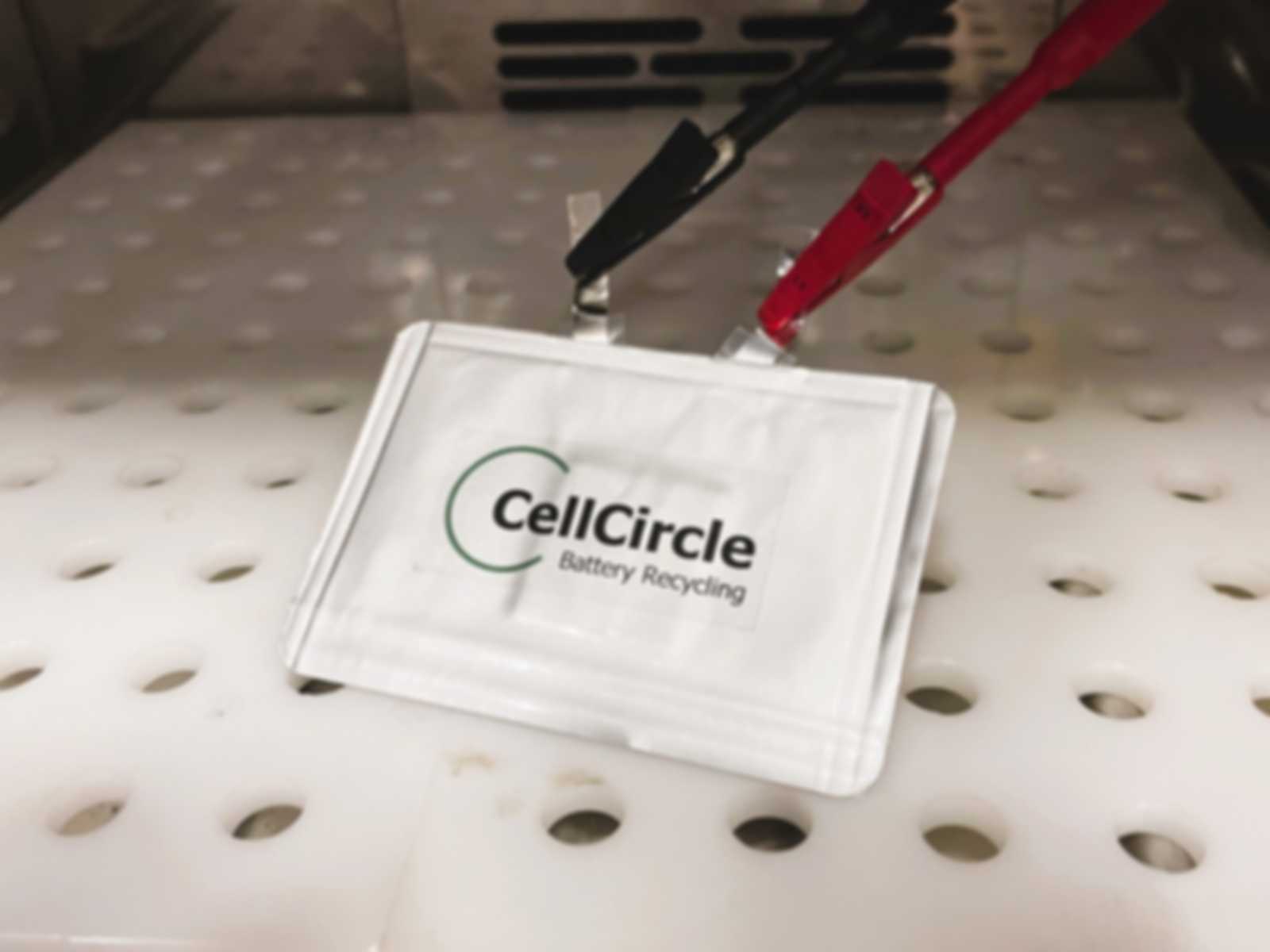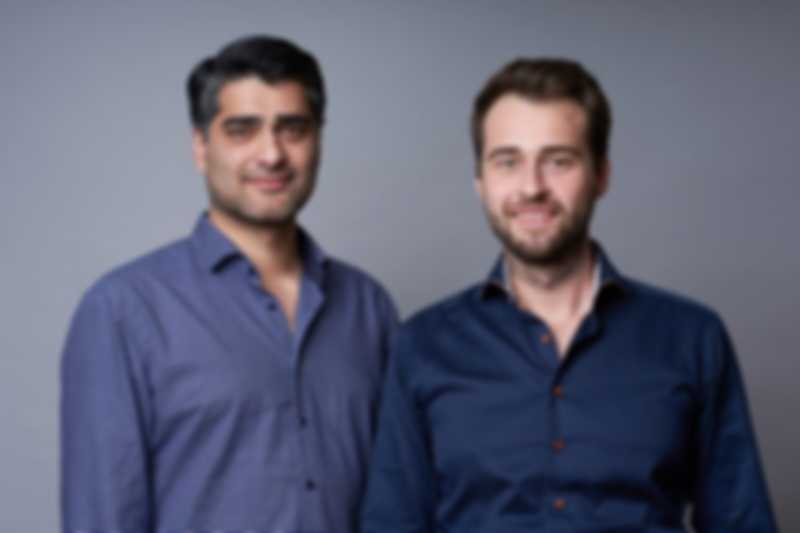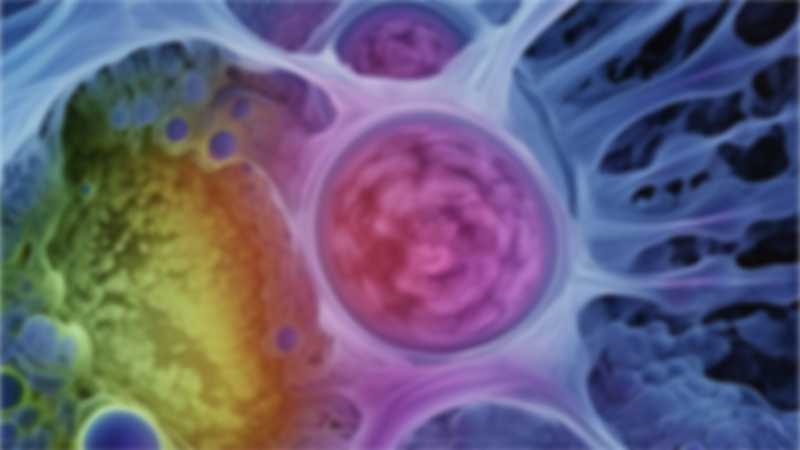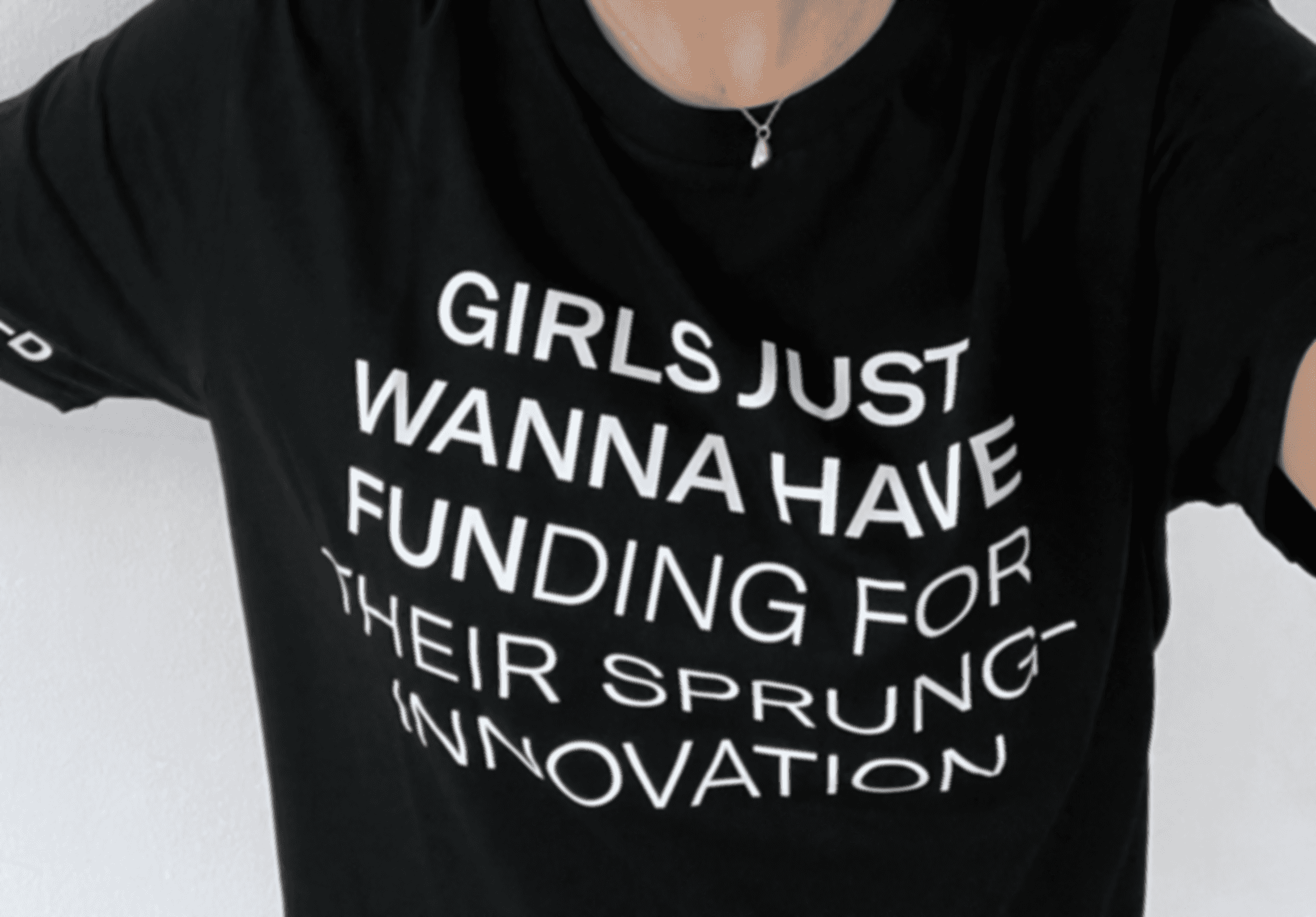CLOSED-LOOP RECYCLING FOR LITHIUM-ION BATTERIES
SPRIND supports CellCircle in validating an innovative battery recycling process
Forecasts predict that by 2040, there will be well over one million tons of battery recycling material per year in Europe. If Germany wants to become more efficient and, above all, more independent in the transformation process, it needs more technological leadership and fewer raw material imports. With the innovative CellCircle recycling process, we can make a significant contribution to this,
said Dr. Andreas Bittner, founder of CellCircle Battery Recycling.
CellCircle has developed an innovative battery recycling process that recovers the functional materials of Lition batteries with a high degree of purity and regenerates these materials for direct reuse. This new method is more energy-efficient than previous recycling processes as it does not require any complex steps. Besides saving time, energy and costs, this is reflected in a low CO₂ footprint. At the end of CellCircle’s process, there are finished functional materials rather than their chemical precursors. In the metallurgical processes used to date, only the chemicals are produced, and these must first be synthesized into new functional materials, which is costly and energy-intensive. CellCircle has eliminated this intermediate step. The recovered functional materials such as NMC, LTO or carbon particles can be used directly and immediately for the production of new battery cells.
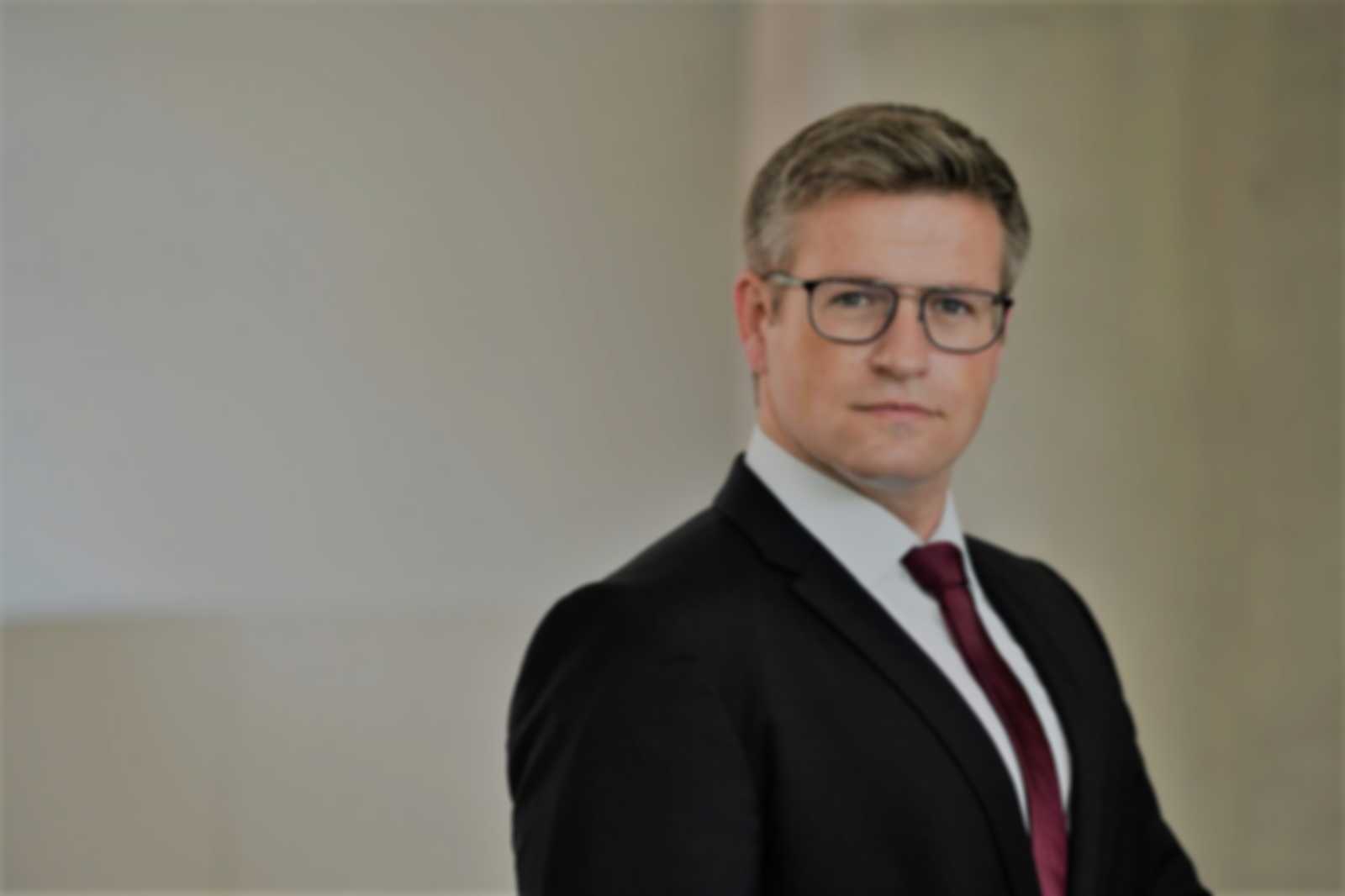
To check the breakthrough innovation potential of this recycling process, SPRIND placed an order with CellCircle which was completed in December 2023. The results of the validation carried out by Dr. Andreas Bittner's team can be summarized as follows:
- The various stages of the CellCircle process for recycling lithium-ion batteries are particularly well
- Suited for dismantling battery cells through to separating and regenerating the functional materials they contain. Battery cells made from CellCircle Direct recycled material have a comparable capacity, C-rate stability and cycle stability to battery cells made from conventional, untreated battery raw materials.
- The process reviewed works for classic electrodes such as NMC-based cathodes and shows particular strengths when dealing with electrodes with water-soluble binders. These electrodes are increasingly being used for reasons of environmental friendliness and economy
The results presented clearly demonstrate that valuable functional materials from batteries can be efficiently recovered, processed and reused for new batteries using CellCircle’s direct recycling approach.
CELLCIRCLE PROCESS IS VERSATILE
In addition to reviewing the process for lithium-ion batteries, SPRIND also looked into the use of the CellCircle process for recovering sodium-ion battery materials. The adaptation of the special CellCircle fragmentation was equally successful here. The electrodes were completely decoated, even without having dismantled the conductor foils and separator material beforehand.
Our results show once again that the innovative CellCircle method is more efficient in terms of time and energy than previous recovery processes. In addition to saving time and energy, the process therefore reduces costs in particular. But above all, we are pleased with the significantly better CO₂ balance compared to conventional processes,
stated Dr. Andreas Bittner. Closed-loop recycling therefore has major benefits for the
economy and the environment. In view of the expected recycling volumes, it offers the best technological conditions for fulfilling the CellCircle mission of achieving closed-loop battery recycling throughout Europe.
The potential for this form of efficient battery recycling is quite high because the areas of application for electric drives and accumulators will become even more diverse in the future. For reasons of resource scarcity and independence from imports alone, efficient recycling will be used more and more frequently. In this respect, the mobility sector in particular will continue to expand. Transferring advanced recycling processes to new areas, such as the recycling of fuel cells, opens up further relevant application possibilities. Building on existing contracts with the automotive industry, the next steps for CellCircle are further partnerships and plans for a pilot plant.
The potential for this form of efficient battery recycling is quite high because the areas of application for electric drives and accumulators will become even more diverse in the future. For reasons of resource scarcity and import independence alone, efficient recycling will be used more and more frequently. In this respect, the mobility sector in particular will continue to expand. The transfer of advanced recycling processes to new areas, such as the recycling of fuel cells, opens up further relevant application possibilities. The next steps for CellCircle, building on existing contracts with the automotive industry, are further partnerships and plans for a pilot plant.
More about CellCircle.
Our results show once again that the innovative CellCircle method is more efficient in terms of time and energy than previous recovery processes. In addition to saving time and energy, the process therefore reduces costs in particular.
